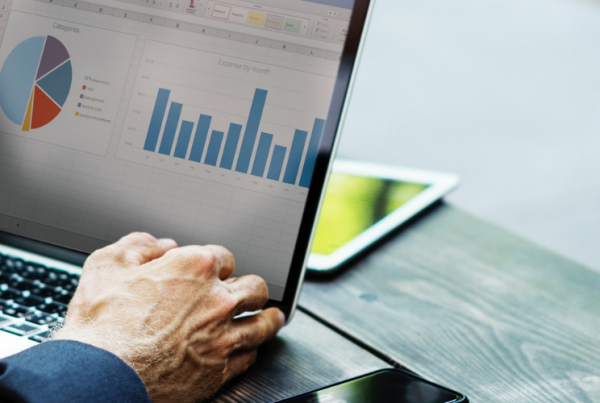Based on the figures from the Philippine Statistics Authority (PSA), there were 946,988 establishments in the country in 2014 alone. Establishments considered as micro, small, and medium enterprises compose about 99.6 percent of these. They are collectively known as MSMEs.
Among these MSMEs, 90.3 percent are micro-business, 9.3 percent are small businesses, and 0.4 percent are considered medium enterprises. Based on these numbers, micro businesses are wide-ranging in the country, and more and more Filipinos are looking towards entrepreneurship.
But, what is the difference between a micro and small business?
Micro to Small Business Owner
Barangay Micro Business vs. Small Business
A micro business refers to any business activity that is engaged in agribusiness, industry, or services whose total assets do not exceed PHP3,000,000. These assets include the ones coming from loans but do not include the land on which the business’ equipment, plant, or office are located. If you have a micro business, you can register as a Barangay Micro Business Enterprise (BMBE).
On the other hand, asset size, equity capital size, and the number of employees define a small business. If a business’ total assets are between PHP3,000,000 and PHP15,000,000, they can be considered as a small business. This includes the ones that come from loans but excluding the land on which the business’ plant, equipment, and office are located.
Both micro businesses and small businesses can be a single proprietorship, cooperative, partnership or a corporation. In terms of employees, a micro business has less than 10 employees; while a small business has between 10 to 99 workers.
It is important to define if your small business activity falls into either micro, small, medium, or large business category in terms of support and regulation from the government. For example, The Magna Carta for MSMEs covers micro, small, and medium enterprises.
There are several benefits that business owners can claim, one of which is the qualification as a BMBE under R.A. 9178 that includes income tax exemption, government financial assistance prioritization, and technological support.
Upgrading from Micro to Small Business
Every business owner wants to see his or her business to grow. Here are some of the things micro business owners need to anticipate if they want to become a small business.
First, you have to go through the process of registering your business as a small enterprise. This means letting go of some of the benefits of being a BMBE, (e.g. exemption of income tax payment).
BMBEs are not required to pay income tax if their total asset is below PHP3,000,000. This exemption is quite enticing for many who are just starting out as novice entrepreneurs. However, as your business grows, so do your responsibilities and list of required business permits and licenses.
As a BMBE you only need to submit a BMBE Form 01 and three passport size ID pictures, while BIR registration comes with more requirements and procedures that need to be renewed every year. If you plan to establish your company as a brand, register your trademark with IPO (Intellectual Property Office).
You’ll also need to register your employees with the necessary government agencies. These are the Social Security System (SSS), Bureau of Internal Revenue (BIR), and PAG-IBIG.
If you’ve been thinking of upgrading from a BMBE to a small business, the first thing you that might discourage you is the non-exemption from income tax payment. It doesn’t help that the whole process can be tedious and time-consuming. Don’t hesitate to partner with a firm to help you with the paperwork and process. Doing so will enable you to devote more time in your small business.
More and more Filipinos are turning towards entrepreneurship. There are various business ideas you bring to life right in the comforts of your own home, which can grow into a very lucrative business. If you’ve ever wanted to become an entrepreneur, this year is the time to do it.






